Introduction
ASRock is known for being the brand that brings more features and value at a given price point than the other top tier manufacturers. Indeed, the X570 Creator has a feature set more in line with a pricier motherboard. It’s still around $500 at the time of this writing. This particular offering is aimed at content creation professionals and thus, has a feature set and aesthetic along those lines.
ASRock is a brand we hadn’t covered before. Largely, because we had no real relationship with them. We reached out to them in order to establish one and they were kind enough to send us the ASRock X570 Creator.
The ASRock X570 Creator
This is a relatively high end motherboard with multiple network solutions, several M.2 slots, and a higher end VRM implementation. Most notably, the X570 Creator supports Thunderbolt 3.
Packaging
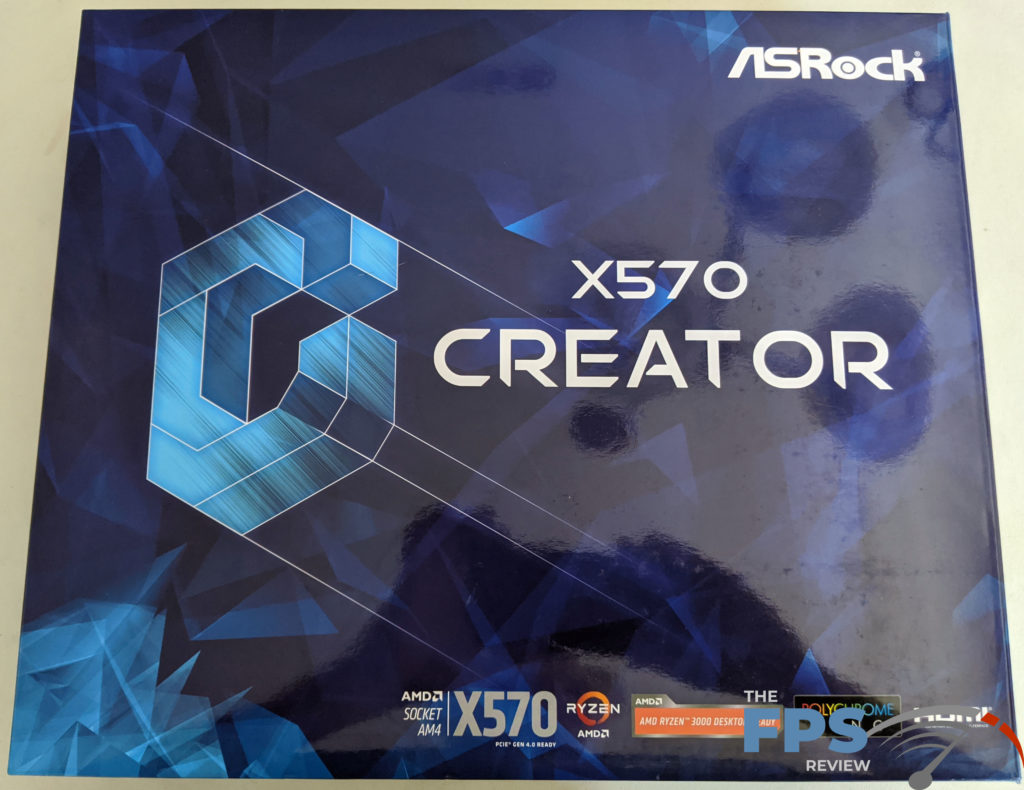
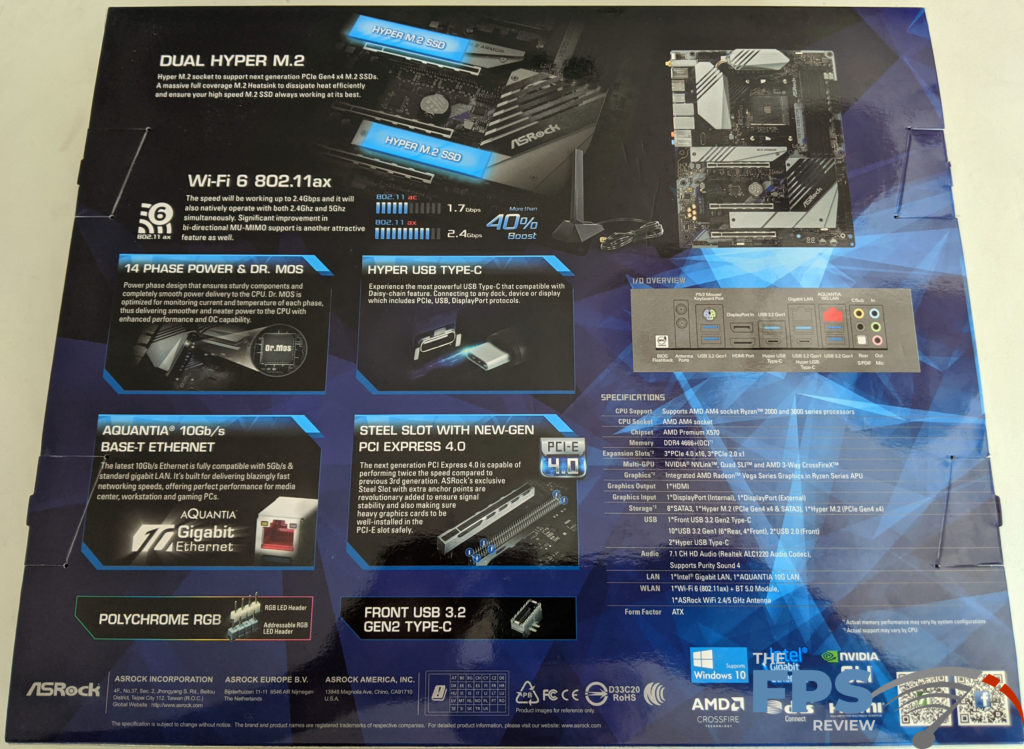
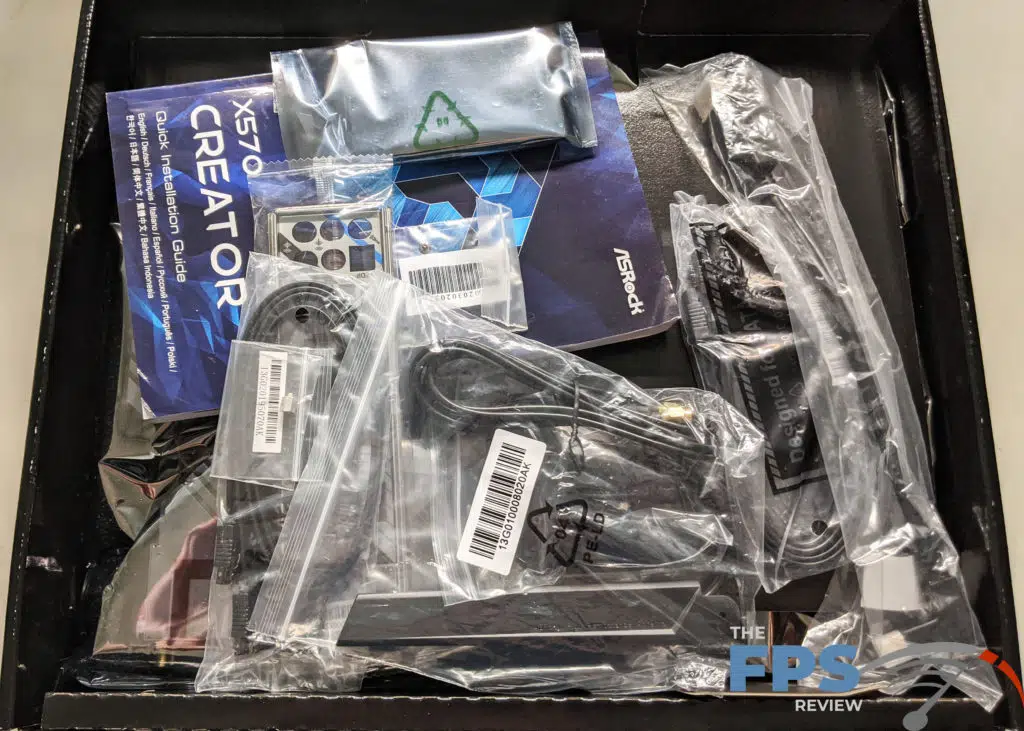

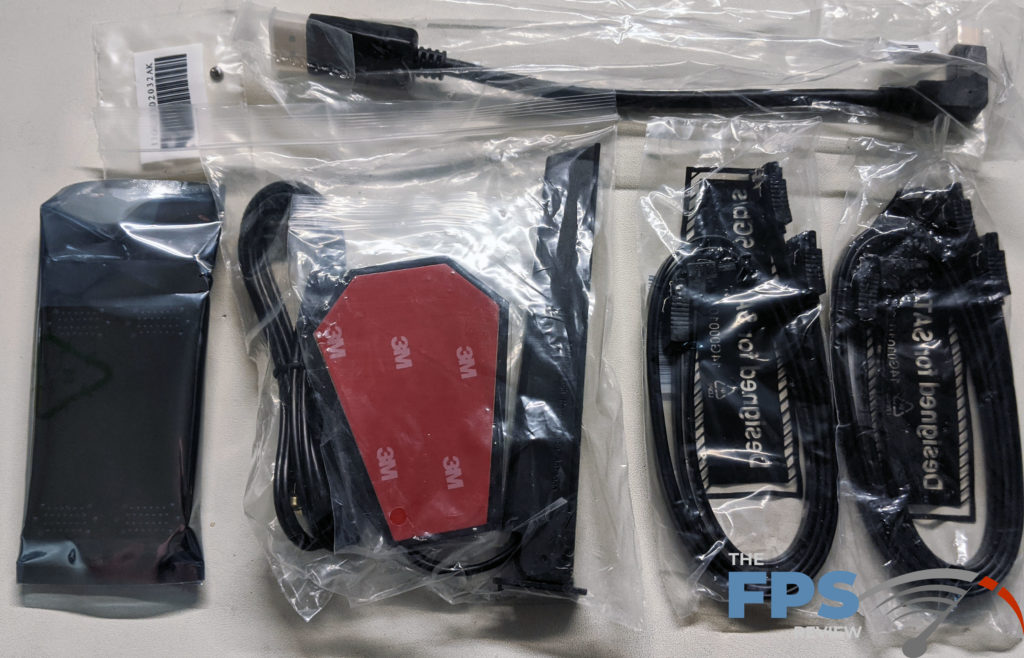
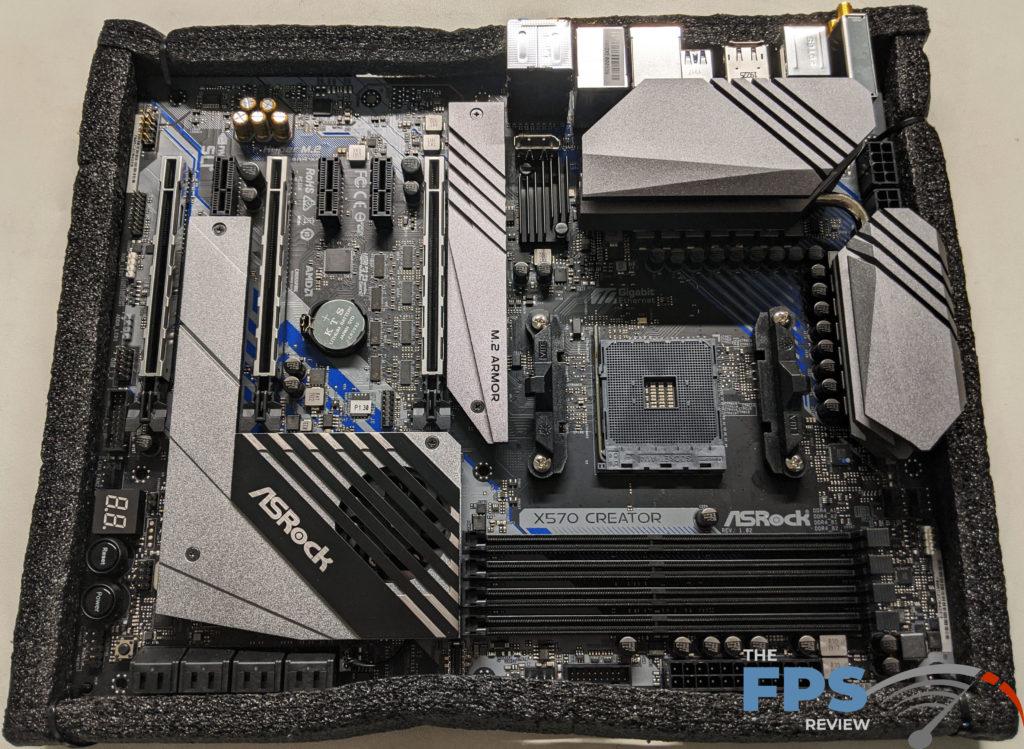
The packaging is fairly basic. The exterior package is striking and aesthetically pleasing. However, the way this board is packed inside the box isn’t like anything I’ve seen. It’s been a very long time since I reviewed an ASRock motherboard, so perhaps this is more normal for this brand. It isn’t for any others I’ve seen. The accessories are just kind of thrown in the box and the motherboard is zip tied to packing foam. Both copies of this motherboard arrived intact, so it obviously works.
In short, ASRock isn’t spending much on packaging here. I don’t care that much about this as a plain brown box would be fine with me so long as the product is good and arrives without damage.
Motherboard Layout & PCB Features

The layout of the ASRock X570 Creator is excellent. All of the ports and headers are thoughtfully placed in a way that should work for most case designs. You will find appropriate spacing of expansion slots and good placement of onboard controls. ASRock has done a number of things I really like here, such as placing an M.2 slot above the primary PCI-Express x16 slot. The PCIe x16 slots all feature steel reinforcement and the CMOS battery isn’t obstructed too badly by anything.
I would generally prefer the onboard power, reset, and LED POST code to be closer to the 24-pin ATX power connector, but this is a matter of personal preference. This placement is more about the case design than the motherboard. A given case can give you a preference for one location or the other depending on its design. Therefore, my preference on this matter isn’t strong.
There are two RGB LED headers, one addressable and one standard. There are five 4-pin fan headers. One is a dedicated CPU fan header while another is a dedicated water pump fan connector. All of these support DC and PWM control modes. The CPU fan is a 1 AMP header while the others support up to 2 AMPs.
The PCB itself is a high-density glass fabric, 2oz copper PCB. It appears to be a 6 layer PCB as well.
Power Delivery
ASRock utilizes a 14+2 phase power design, which utilizes an IR35201 voltage controller. This tells us that it’s actually a 6+2 phase VRM that makes use of IR3599 doublers to increase the phase count. While there are some options out there that are true 14+2 phase configurations, they are exceedingly rare and are frankly overkill.
ASRock utilizes IR3555M Dr. MOS driver IC’s rated at 60A. It also features the use of Japanese made, Nichicon 12k rated black capacitors for longevity.
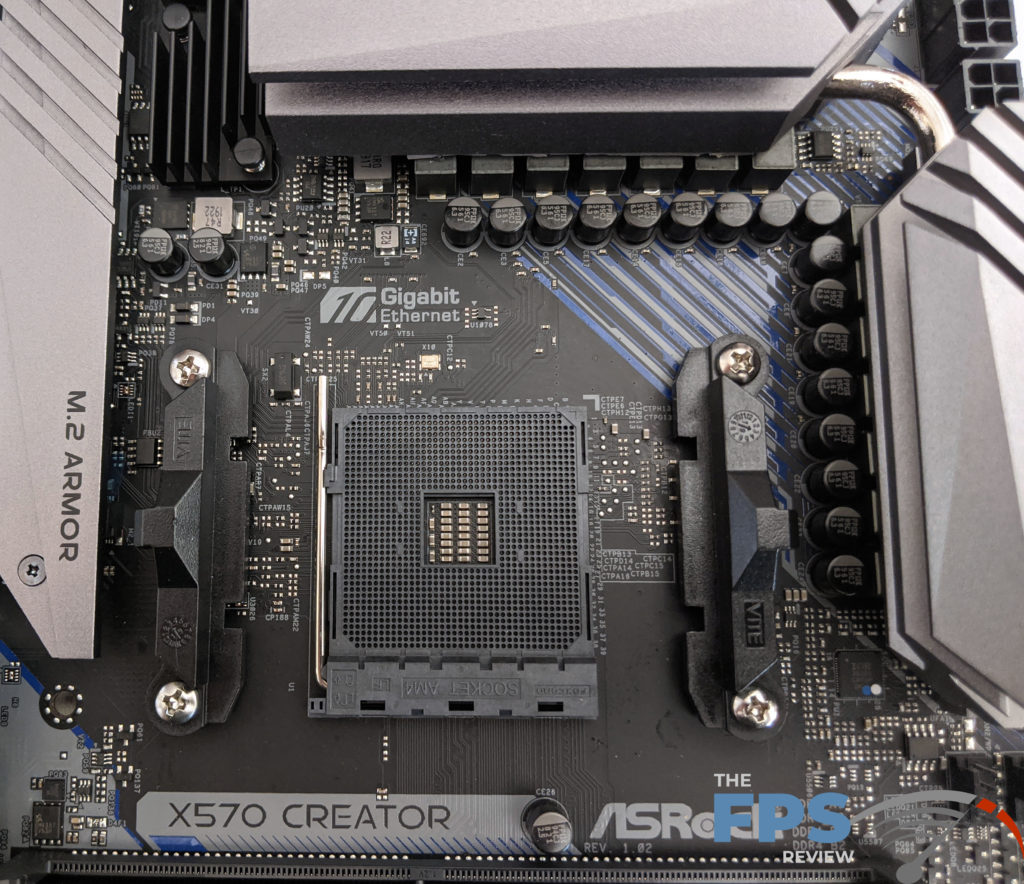

The heat sinks are aluminum alloy heat sink with an embedded heat pipe. The X570 Creator features one 8-pin and one 4-pin power connector for CPU power. The extra 4 pin power connector is overkill, but then again so is the VRM. Even a 3950X wouldn’t ever use as much power as the X570 Creator can deliver.
The VRM runs extremely cool, not even breaking 100F. Specifically, we saw temperatures in most cases of around 96-98F or around 35-36c.
Memory Support

The ASRock X570 Creator supports up to 128GB of RAM at speeds up to DDR4 4666MHz through overclocking at the time of this writing. The memory slots use single-sided locking tabs and are not color-coded to denote dual memory mode operation.
Additionally, this is a daisy chain topology motherboard which also utilizes two-phase power for the memory VRM implementation which is unusual. ASRock is only one of two motherboard makers I know of that do this, the other being ASUS. I was unable to discern the specifics of the voltage controller used here.
One final note, is that the ASRock X570 Creator does indeed support ECC memory.
Expansion
As I stated before, the expansion slots are well thought out. There are three PCI-Express x16 slots supporting the following lane configurations: x16/x0 or x8/x8/x4. These slots feature steel reinforcement brackets which not only provide additional durability and protection for the motherboard PCB but are aesthetically pleasing as well.
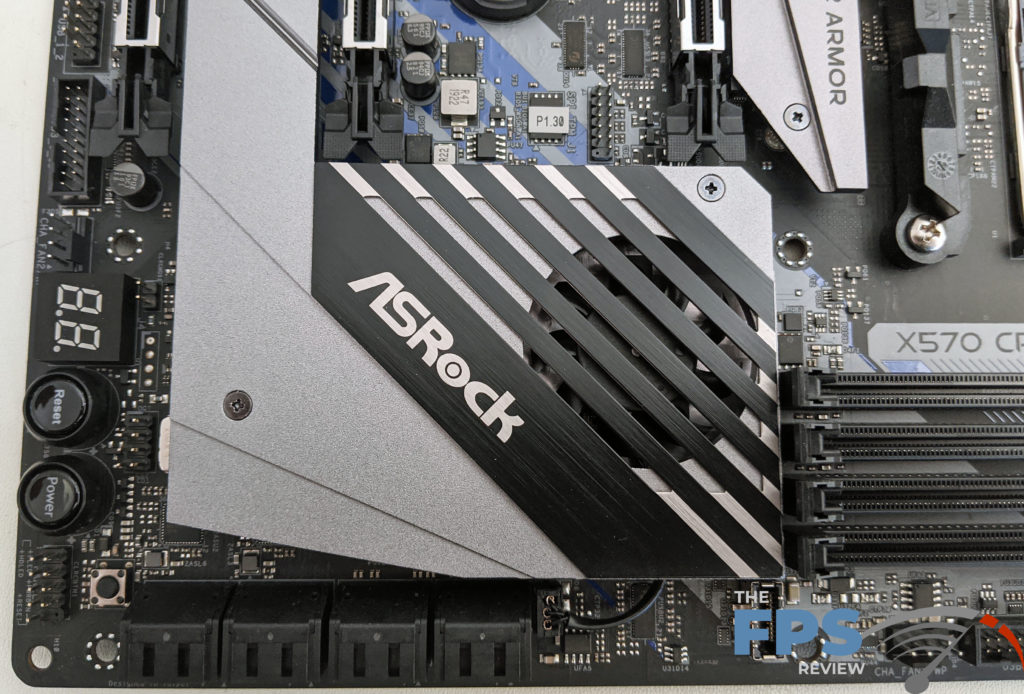
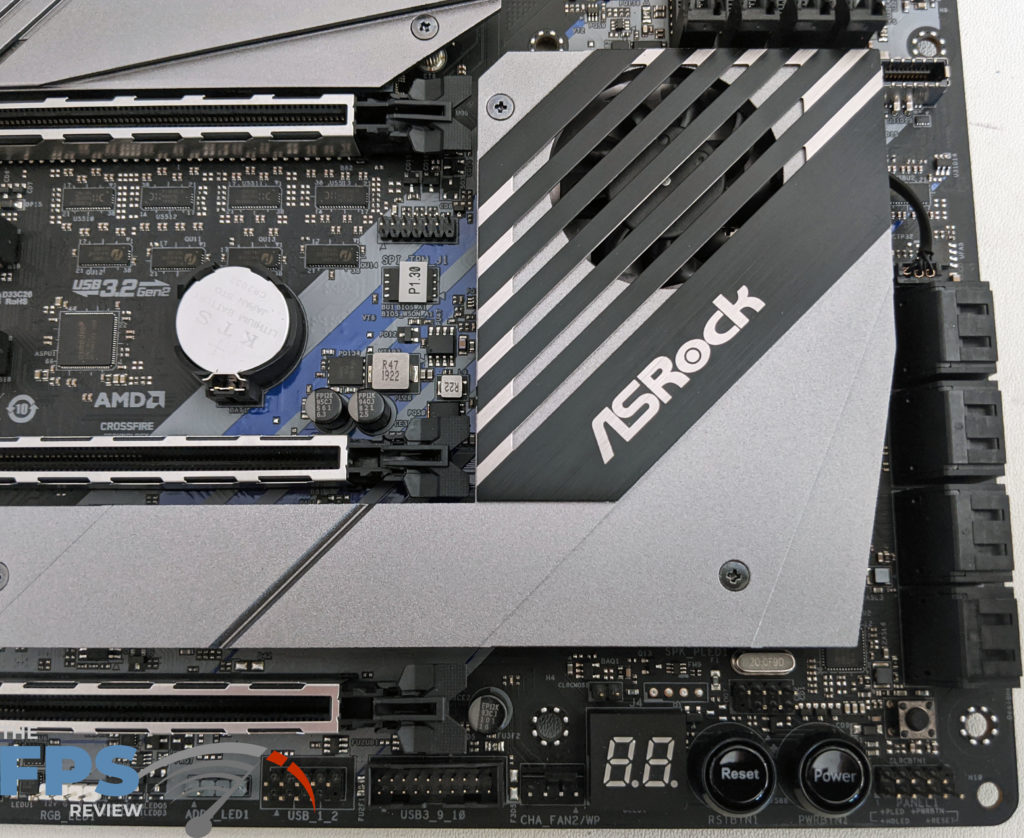
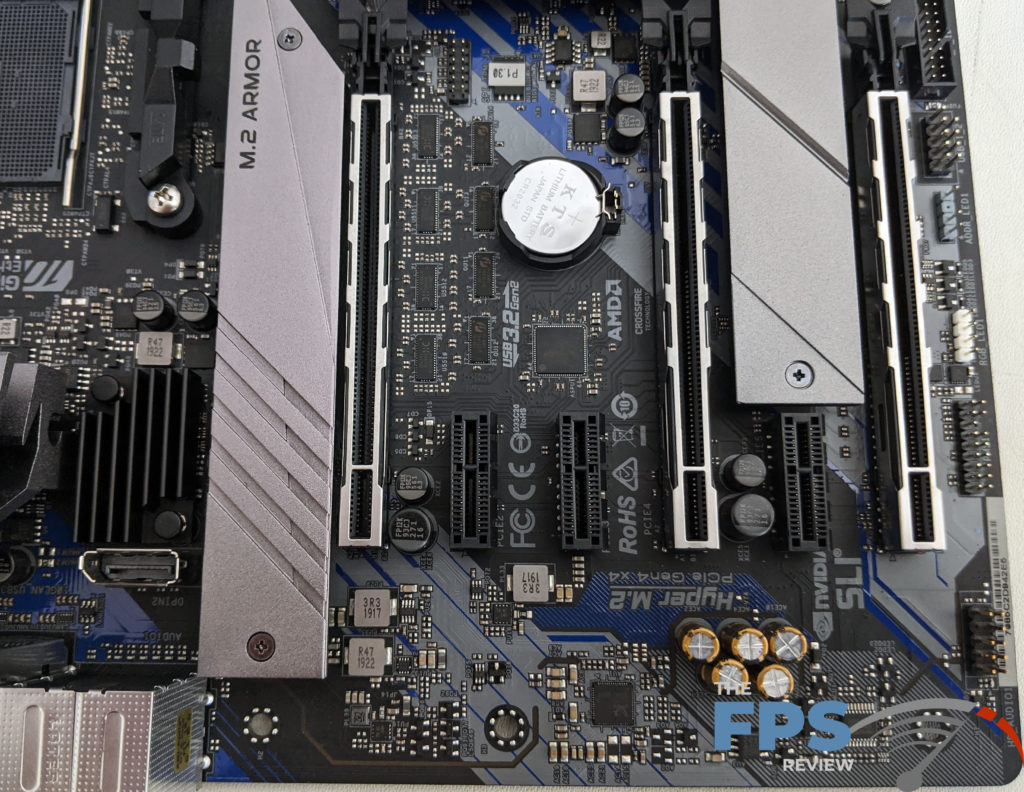

There are two M.2 slots supporting M key type 2230/2242/2260/2280/22110 devices. One is capable of supporting both PCI-Express/NVMe or SATA type devices while the other does PCIe/NVMe drives only.
The M.2 slots feature ASRock’s M.2 Armor feature. This is what ASRock calls its M.2 SSD heat sinks. These serve a dual purpose as these not only provide cooling but aesthetic value as well. The only complaint I have here is that you have to remove several screws and the cover for the chipset fan in order to access the M2_2 slot. As you can see from the photos above, you have to remove quite a lot to reach this slot.
The X570 chipset is cooled with a tiny 36.8×7.5mm fan rated at 4.92CFM. It uses EBR bearings for a life span of up to 50,000 hours which would be a bit more than five years of continuous operation. You hear this fan on startup, but even when the PCH reads over 50c, it doesn’t make any discernible noise.
Rear I/O Panel
On the rear I/O panel, you will find a BIOS flashback button, dual WiFi antenna ports, 1x PS/2 mouse or keyboard port, 1x HDMI Port, 1x DisplayPort, 2x USB 3 Type C ports, 2x USB 3.2 Gen 2 ports, 4x USB 3.2 Gen 1 ports, 2x RJ45 network ports, 1x optical output and 5x mini-stereo jacks for analog audio.
I would like to have seen an integrated I/O panel on the ASRock X570 Creator. There is simply no reason not to include this at this price point given that this feature has proliferated across most price points for all the major manufacturers at the time of this writing.
